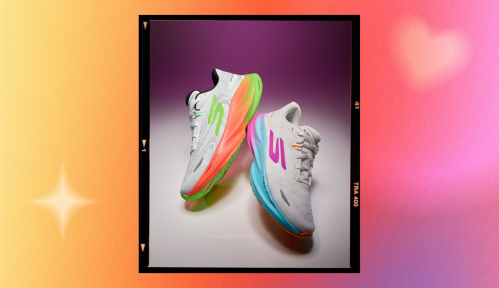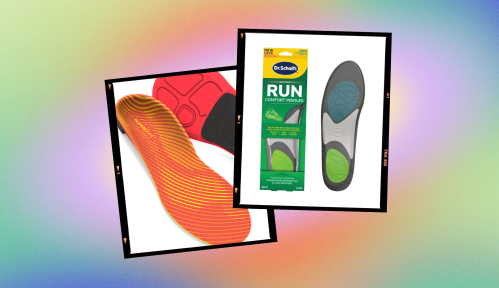Our editors independently select these products. Making a purchase through our links may earn Well+Good a commission
If 2021 Was Any Indication, Innovative Sneaker Technology Isn’t Slowing Down Any Time Soon
Not only did 2021 sneaker technology change the way we work out, it also brought us game-changing new ways to think about our footwear.
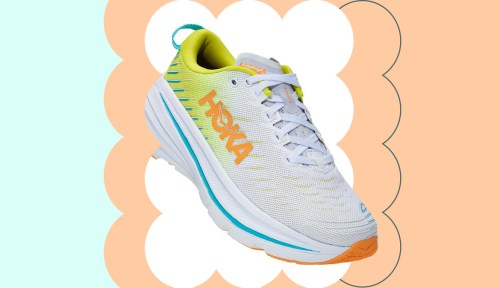
Many of our daily step counts took a hit during the COVID-19 pandemic, but people still bought sneakers in droves. In 2021, the global sneaker market is valued at $84 billion and projected to grow to over $128 billion by 2027.
Experts in This Article
former global vice president of product at Hoka One One
One reason: Sneaker technology once afforded only to elite athletes like sub-two-hour marathoner Eluid Kipchoge became available to every runner this year, which we pointed out in our 2021 Trends report. There’s been innovation, beyond what we called, in three key spheres. Here, we explore those and dive into how technology is pushing sneakers further into the future as we wrap this year and look ahead to the next.
Carbon-plating technology
While carbon plating technology debuted in the 1990s by Reebok as a way for runners to be able to drive their strides by harnessing their own energy from heel-strike to toe-off, Nike’s innovative cushioning and carbon-plated sole systems were reintroduced to the ZoomX NEXT% ($250) after Kipchoge ran a 1:59:40 marathon in Vienna in October 2019 in an unreleased prototype from the brand. Following this, carbon plating became widely used throughout the brand’s racing portfolio, including in the Vaporfly NEXT % ($265), Tempo NEXT% ($200), and Alphafly NEXT% ($275).
Nike isn’t alone in utilizing this propulsive technology, however. Hoka followed up their Carbon X ($145) and Carbon X2 ($180) models—two super-cushioned and speedy racing shoes for short and long distances—with their latest release, the Bondi X ($200), combining a rocker (or ergonomically curved) shoe with carbon plating. Gretchen Weimer, Hoka global vice president of product, says that’s because the technology is no longer just for elite runners. “We’re even looking to take some of these concepts from the Bondi X and infuse them onto a trail [line of shoes],” she says. “We see opportunities for our tech in the mountains, on the roads, tracks, and trails.”
Similarly, both Adidas and Saucony have tapped carbon plating in recent drops as well, with the energy-spurring Adidas Adios Pro 2 ($220) and the Saucony Endorphin Speed ($120). Needless to say, this technology isn’t going anywhere and each brand promises a more propulsive, efficient, and safer ride with each of their shoes.

Nike ZoomX NEXT% — $250.00
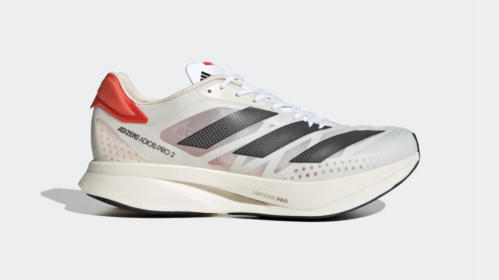
Adizero Adios Pro 2.0 — $220.00

Saucony Women's Endorphin Speed Running Shoes — $120.00
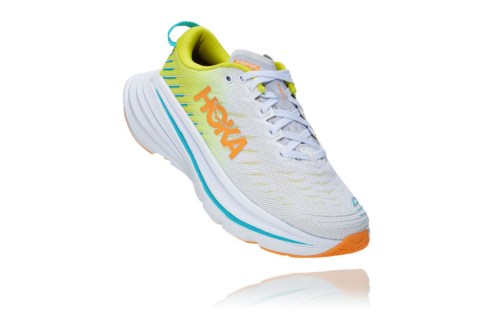
Hoka Bondi X — $200.00
Carbon footprint reduction
From carbon plating to reducing the carbon footprint. By turning competitors into collaborators, Adidas and Allbirds claim to have developed a shoe with the lowest carbon footprint ever. Between the shoemaking, packaging, transportation, use, and end of life, the FutureCraft.Footprint ($220) emits a less than 3 kg carbon footprint. To put that into perspective, most shoes emit a 13.6 kg carbon footprint, according to an MIT study.
The sneaker’s upper is made from 70 percent recycled polyester and 30 percent natural Tencel, a renewable material made of wood pulp. Announced in May 2021, the brands are set to release 10,000 pairs this fall and are planning a full commercial release of The FutureCraft.Footprint in 2022.
In September, Nike also premiered its most sustainable release to date—an amalgamation of the latest tech in sneakers. The Nike Air Zoom Alphafly Next Nature features at least 50 percent recycled total content by weight. The shoe’s upper is a combination of Nike Flyknit with 3D printed Flyprint, the midsole is made with at least 70 percent foam scraps, the carbon plate is composed of at least 50 percent recycled carbon fiber waste, and even parts of the Air Zoom technology is made with recycled materials.

Nike Air Zoom Alphafly Next Nature
Not yet available.
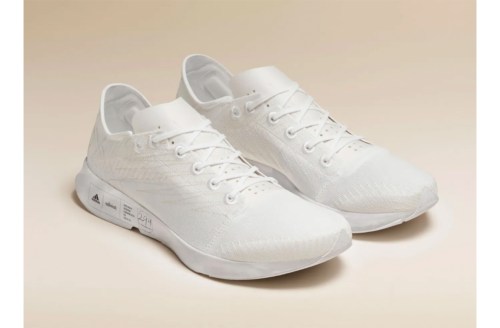
Adidas x Allbirds FutureCraft.Footprint
Not yet available.
3D printing takes sustainability into the future
3D-printed sneakers have been a part of the sneaker tech conversation for a few years now, starting in 2016 when Reebok 3D printed outsoles. This method was later popularized by Adidas beyond prototyping in 2017 with the release of 100,000 pairs of the Futurecraft 4D ($220) that had a 3D-printed lattice midsole. Since then, the Futurecraft midsoles have been added to other Adidas silhouettes, like the Ultraboost series.
Now, as many brands make sourcing more sustainable materials routine for their shoes, designer Heron Preston announced a collaboration with Zellerfied, the Germany-based emerging technology company. Together, the duo released just 203 pairs of the Heron01, what they’re calling the first fully 3D-printed sneaker, as part of a beta trade-in program before a larger release in the future.
While Preston and Zellerfield’s collaboration surely has a one-of-a-kind look, the concept of involving customers in the fitting of shoes is futuristic and only achievable with new technology. Through a 3D scan of the foot, these shoes can be custom fitted to the buyers’ feet for no additional cost. Right now, the owners of those first 203 pairs—three raffled off on StockX and 200 sold via the Zellerfeld website—have been offered a one-time update, where Heron01 owners can send their fully recyclable shoes in for an “update” of the bird-feet-referenced designs.
As we near the end of 2021, it’s been widely reported the holiday season will once again overwhelm the supply chain and to shop early, but this potential hold up isn’t slowing down the innovators’ ongoing development of sneaker technology.

Adidas Futurecraft 4D — $220.00
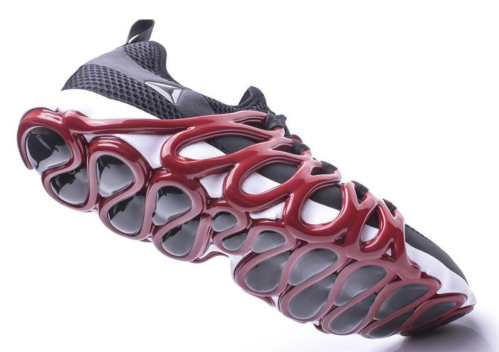
Reebok Liquid Factory
A prototype of the 2016 shoe.

Heron Preston x Zellerfeld Heron1 — $10.00
Buy a raffle ticket to potentially be part of this Beta collab.
Sign up for the Well+Good SHOP Newsletter
Get exclusive deals on wellness, beauty, fitness, and food products that have been hand-picked by our editors.
Got it, you've been added to our email list.

